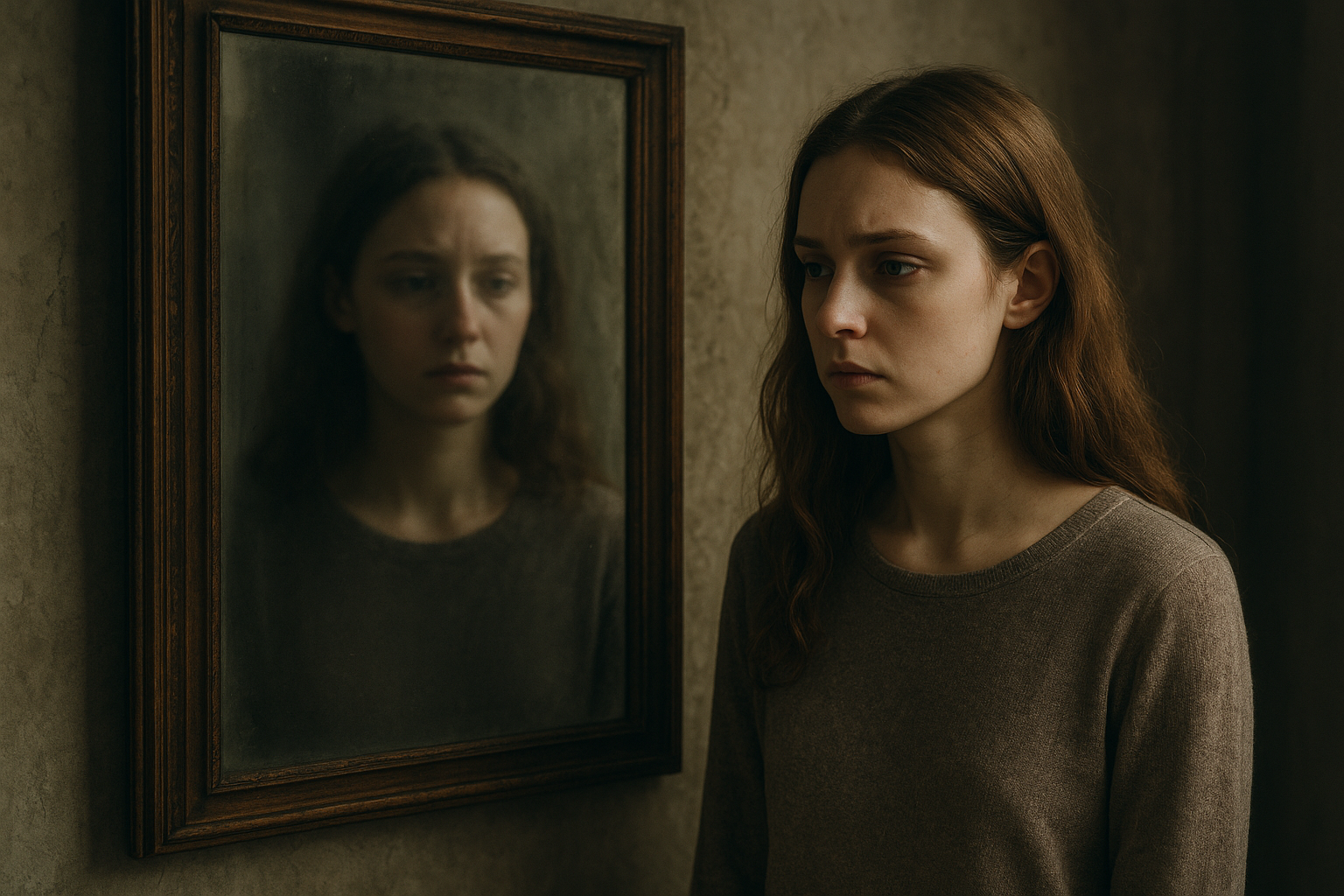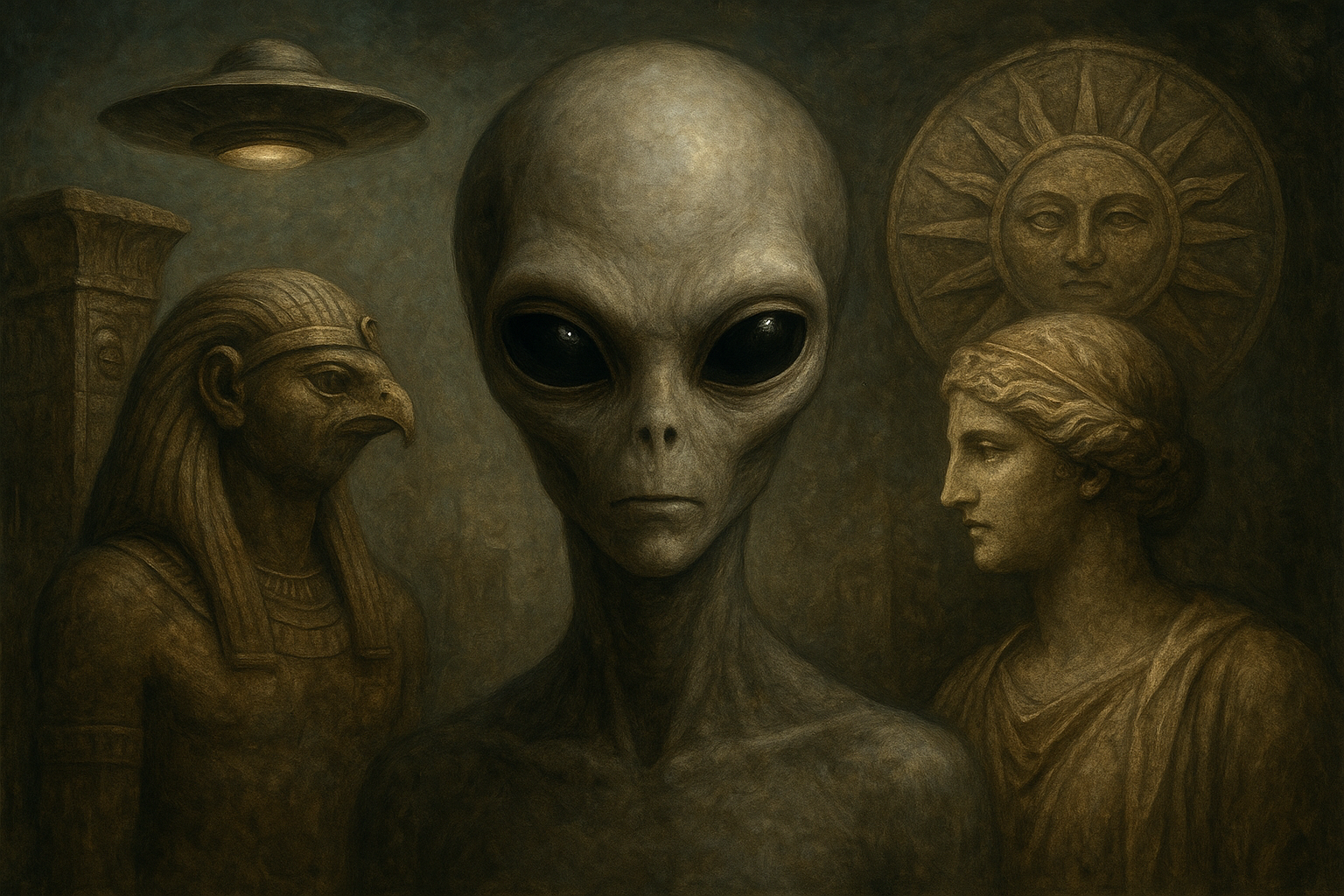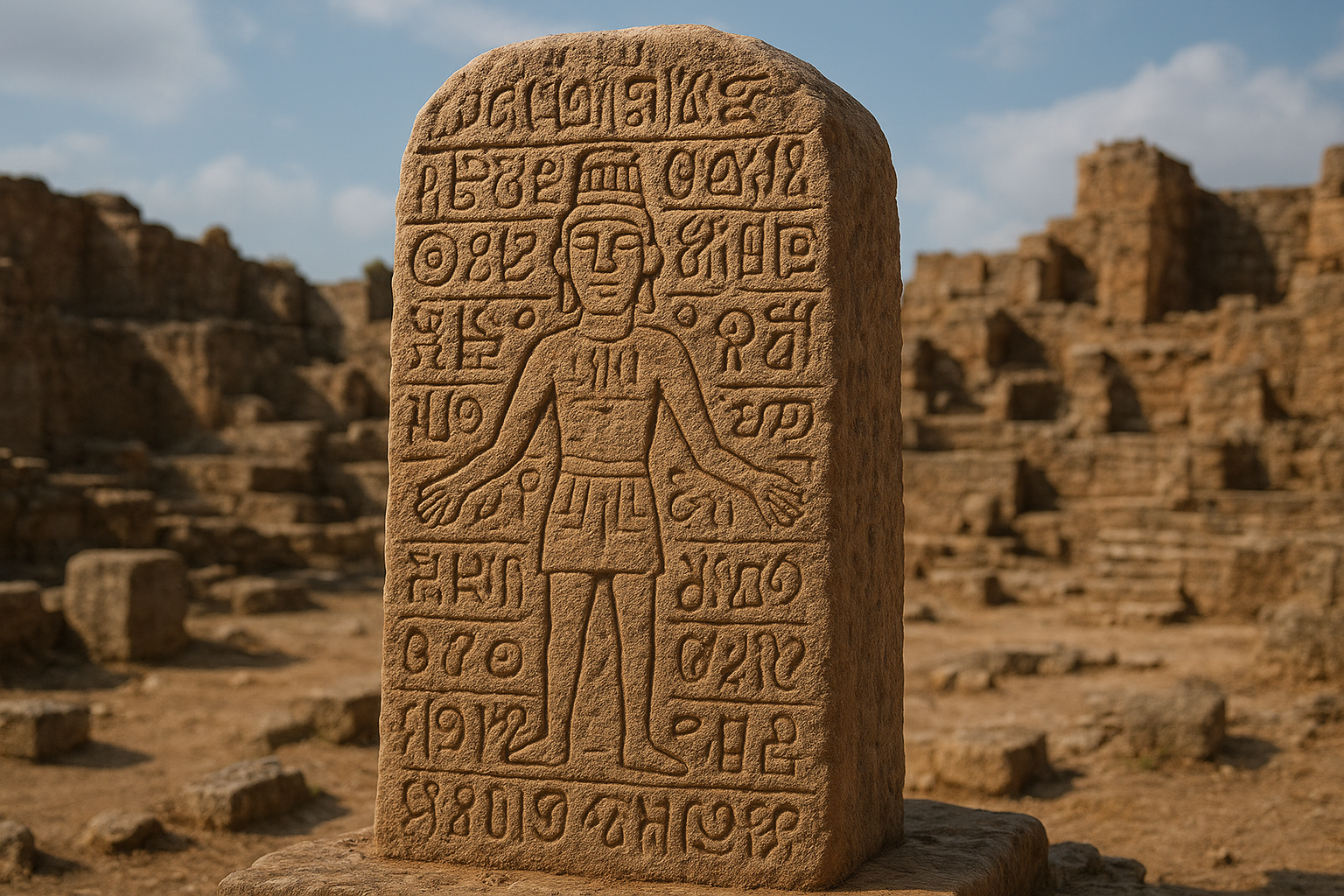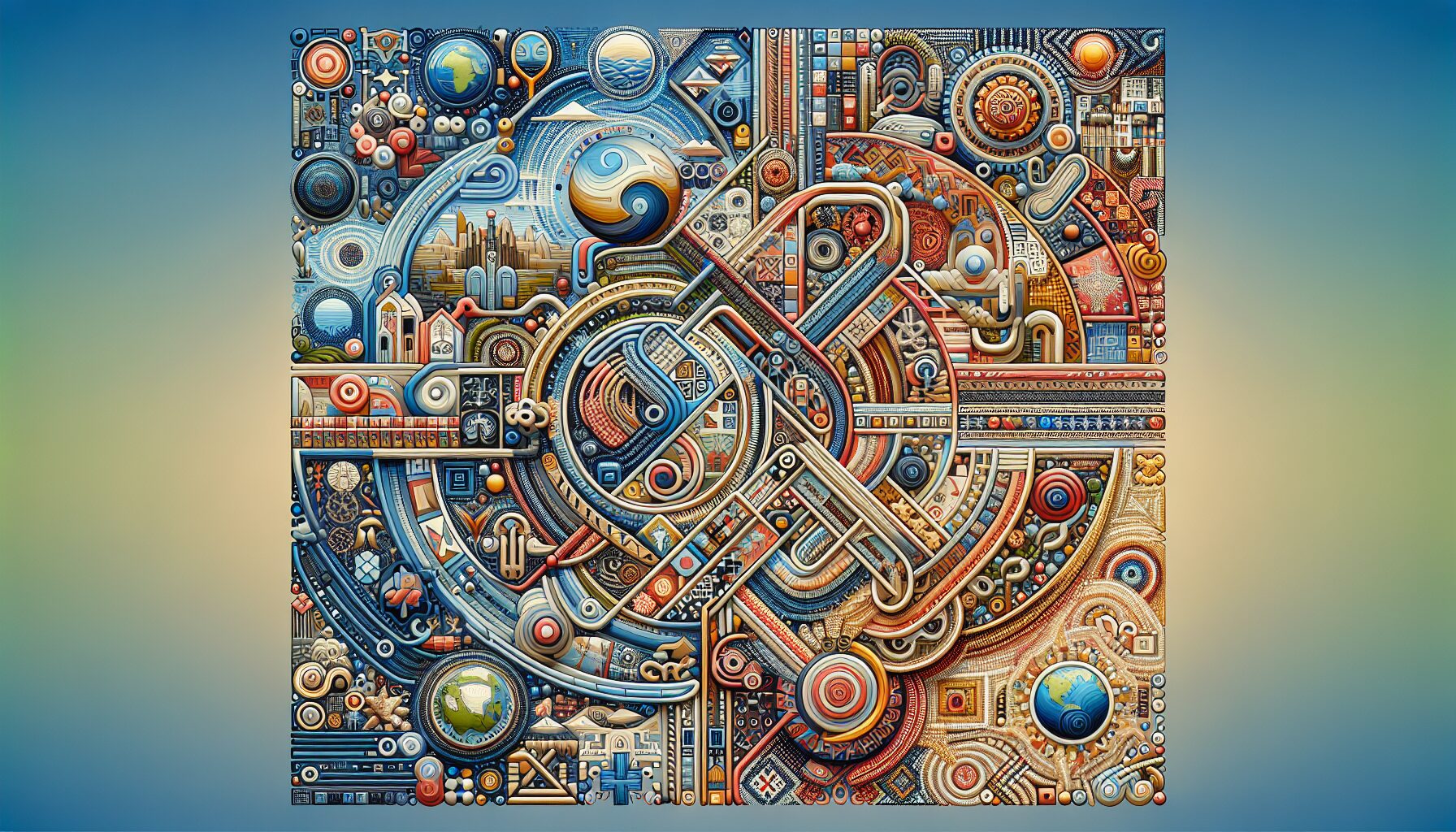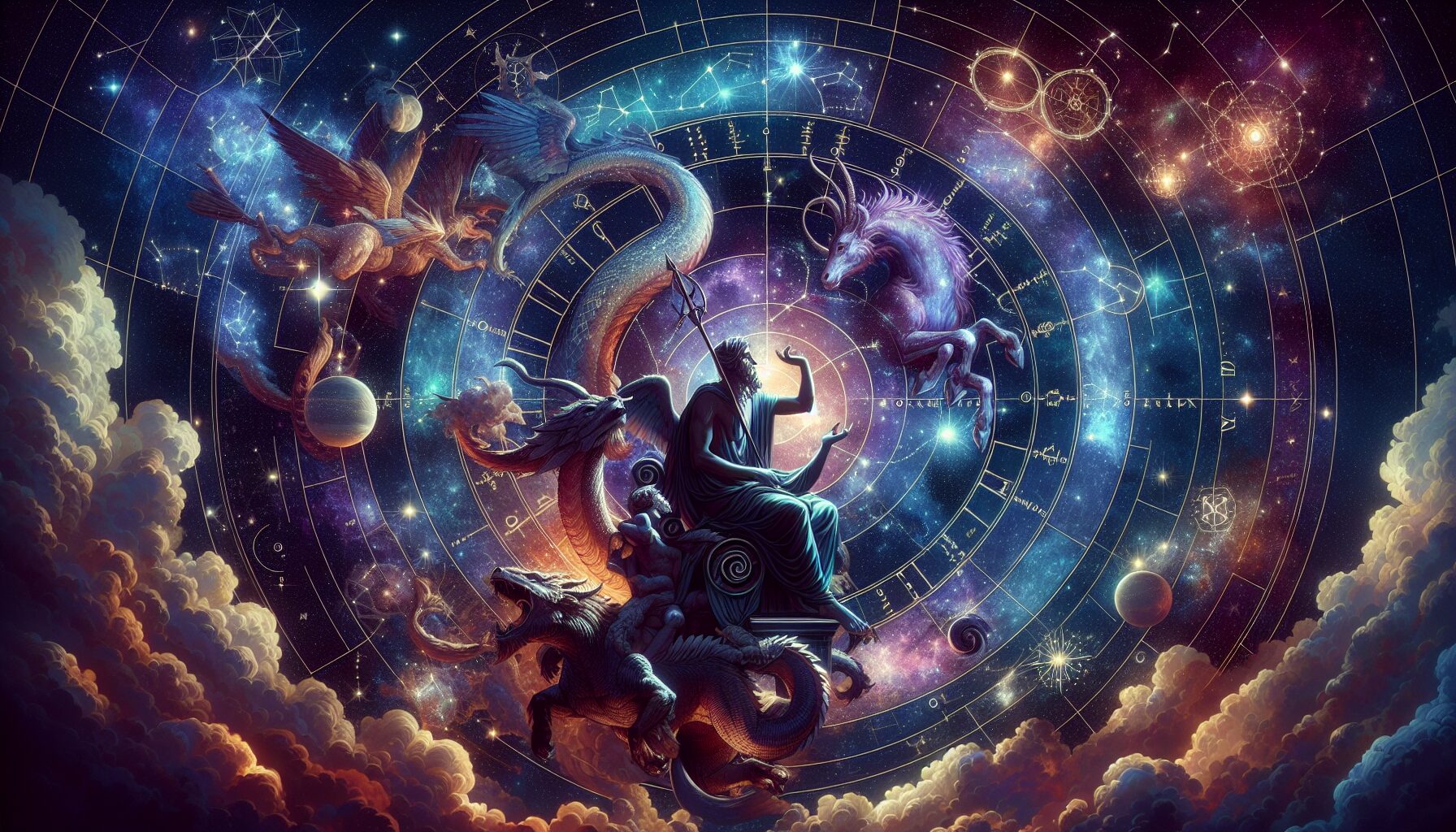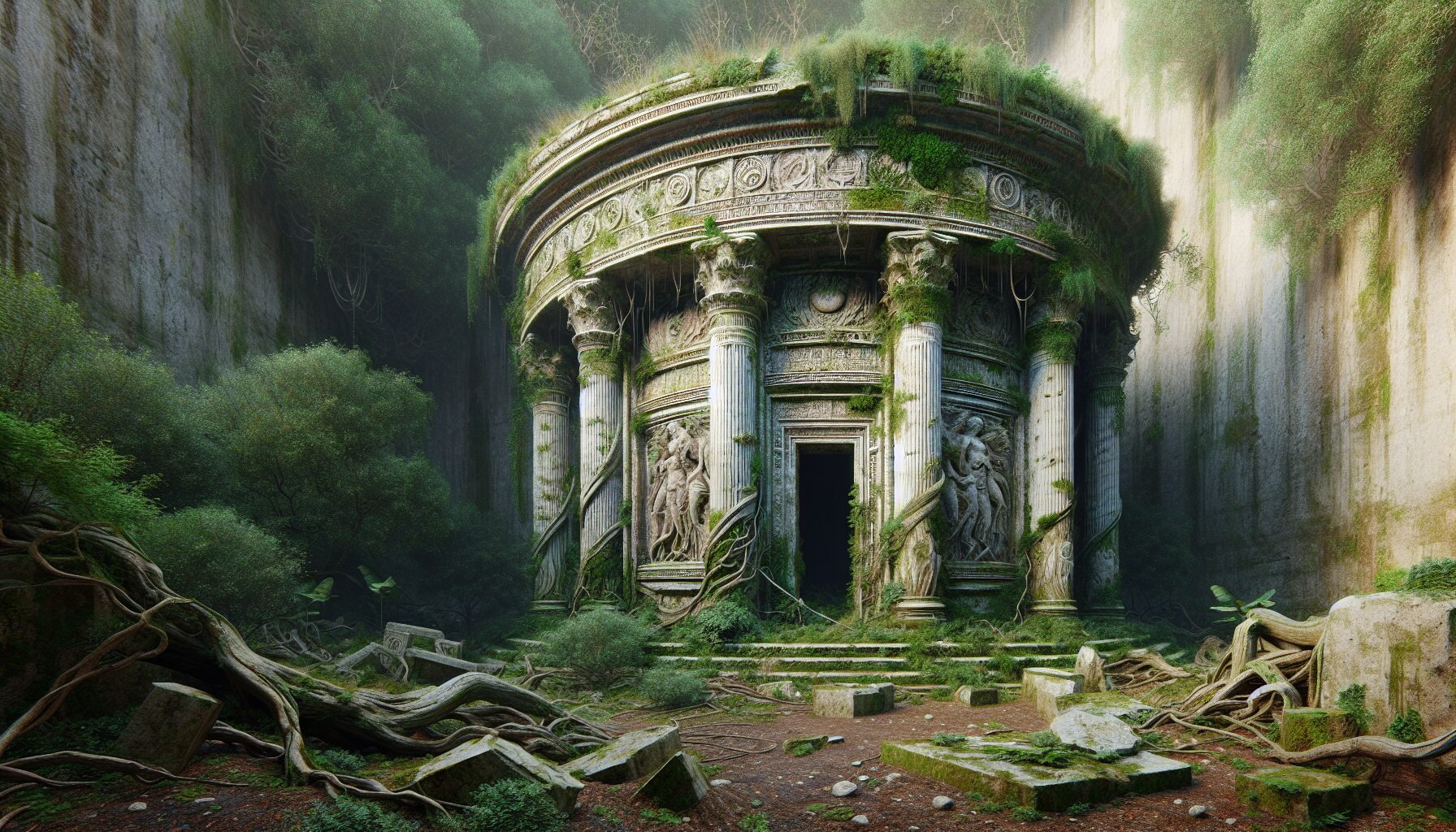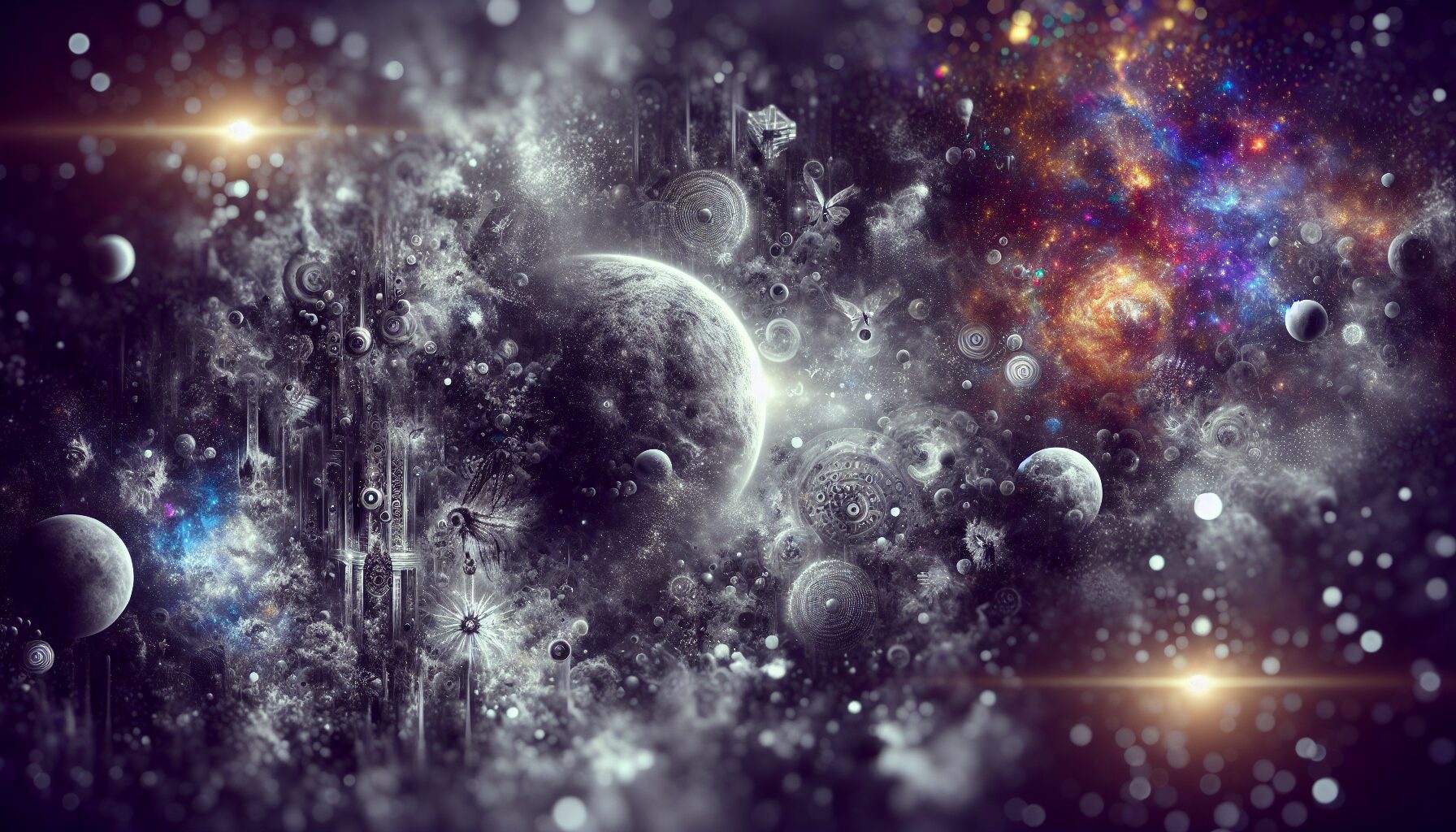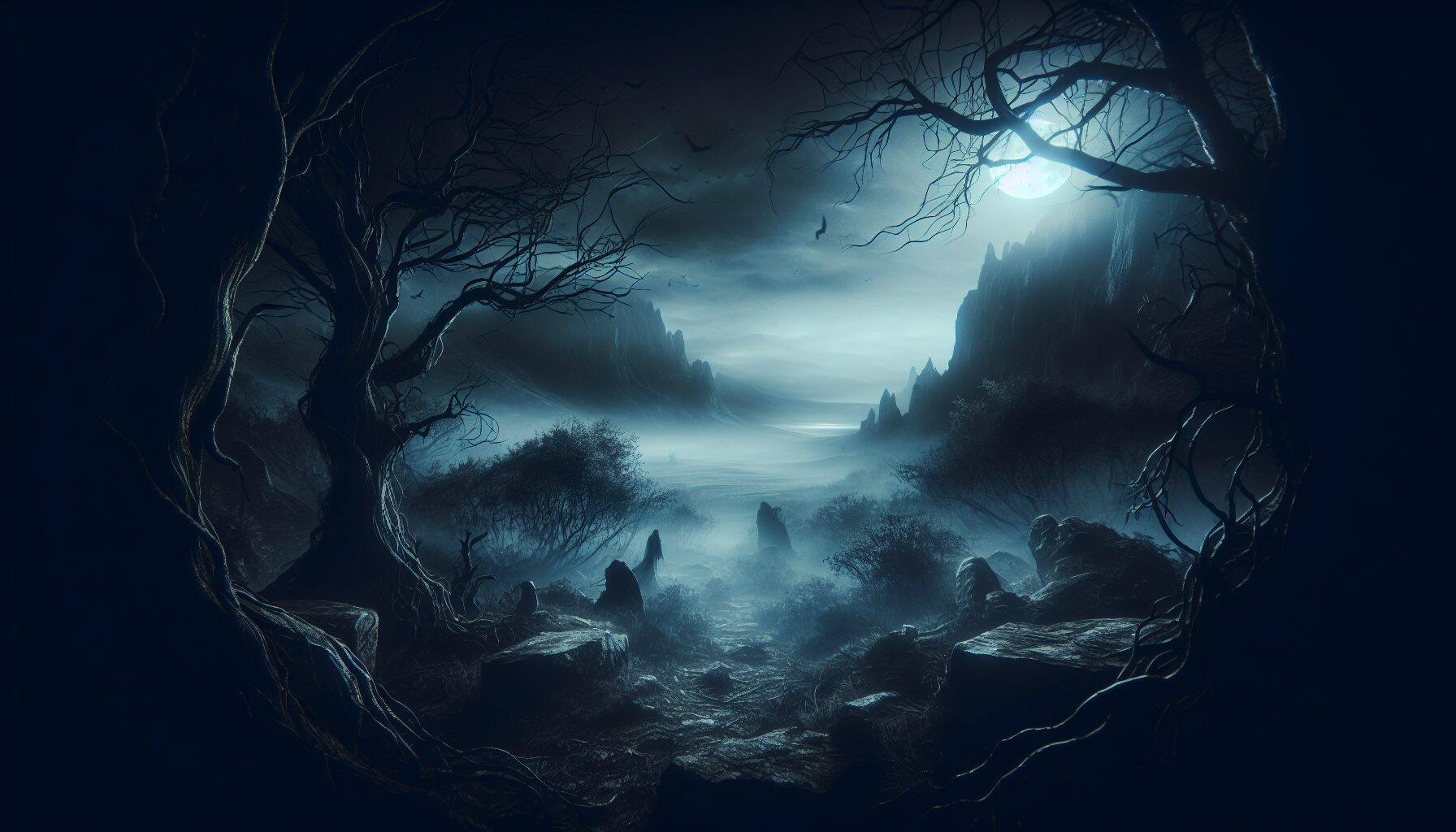The Vanishing Mirror: Depersonalization in Mythic Reflection
Throughout the tapestry of human culture, myths have acted as mirrors reflecting the complexities of our inner worlds. Among these reflections, the phenomenon of depersonalization—wherein an individual feels detached from their own identity—finds intriguing representation. This age-old feeling, resonating through various cultures, offers insight into the human psyche’s confrontation with the uncanny.
Understanding Depersonalization
Depersonalization is a dissociative disorder characterized by a pervasive sense of disconnection from oneself. Individuals describe it as observing oneself from outside the body, akin to living within a dream. Often, this is coupled with derealization, a sense of disconnection from the external world.
The National Institute of Mental Health states, “It can be very distressing when a person feels like they have lost their sense of ‘self’ or personal identity.”
This alienation from self and reality occurs across various contexts, from moments of intense stress to more chronic conditions. However, it also finds expression in myths and stories that transcend individual experience, suggesting a universality to these feelings over time and culture.
Mythic Narratives of Self-Reflection
- The Myth of Narcissus: One of the most well-known tales, the story of Narcissus involves a young man captivated by his reflection in the water, eventually losing himself in it. This echoes the experience of being drawn into one’s own fragmented sense of self, a captivating yet disturbing mirror image.
- The Japanese Tale of Yurei: In Japanese mythology, yurei are spirits caught between the living and the dead, unable to recognize their own demise. They are a haunting representation of unmoored identity, embodying both presence and absence.
- The Greek Myth of Io: Transformed into a cow, Io wanders the earth pursued by a gadfly, disconnected from her former human self. Her tale reflects the alienation and search for identity amidst transformative experiences.
Each of these myths serves as narrative threads weaving through the larger story of human search for identity and confrontation with self-alienation.
Psychological and Cultural Interpretations
Scottish anthropologist Joseph Campbell observed that myths often represent metaphorical truths. He posited that the disconnection experienced by mythic figures reflects psychological states that resonate deeply with our subconscious mind.
Campbell famously stated, “Myth is the secret opening through which the inexhaustible energies of the cosmos pour into human cultural manifestation.”
Indeed, myths that involve depersonalization and identity struggles are not just relics of ancient storytelling but ongoing dialogues within the human condition. These stories allow for a symbolic exploration of themes that might be too abstract or complex to articulate directly.
Modern Echoes and Interpretations
In contemporary culture, depersonalization is frequently explored in literature, film, and art, echoing ancient myths but layered amidst modern contexts. Consider films like “Black Swan” or novels like Haruki Murakami’s “Kafka on the Shore”, where protagonists endure profound psychological fragmentation.
- Film: In Darren Aronofsky’s “Black Swan”, the protagonist’s descent into madness is paralleled with a dissociation from her own identity, mirroring the mythic struggle against oneself.
- Literature: Haruki Murakami often explores themes of duality and alienation, capturing the essence of mythic depersonalization within contemporary narratives.
These modern tales continue the conversation on human identity and self-perception, suggesting that while technology and society evolve, foundational elements of our psyche remain constant.
The Role of Myths in Today’s World
As we move through an increasingly digital and interconnected age, the reflections seen in the mythic mirror remain relevant. Depersonalization, whether through personal experience or mythical narrative, offers a unique exploration of identity. It underscores the enduring mystery of self-perception and the unchanging nature of human struggles.
Ultimately, the stories we pass down—whether from centuries past or penned yesterday—serve as anchors. They remind us that while individual experiences may differ, the fundamental quest for identity and connection is universal.
